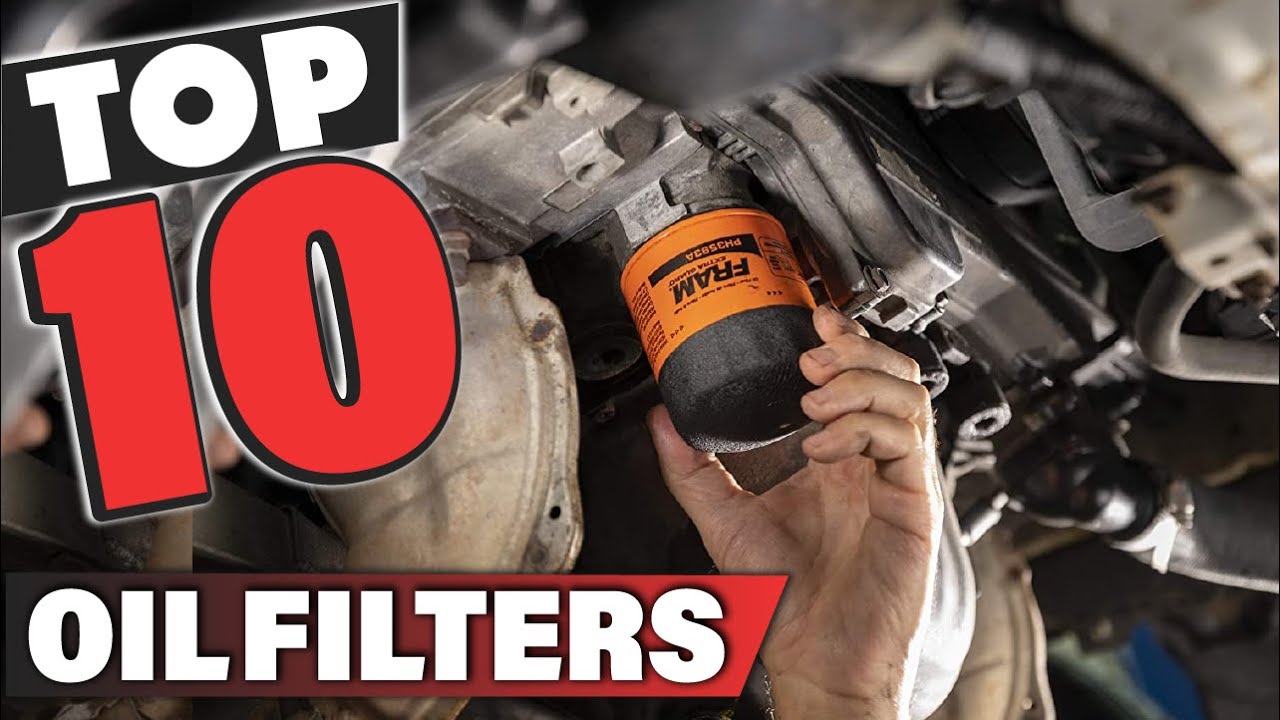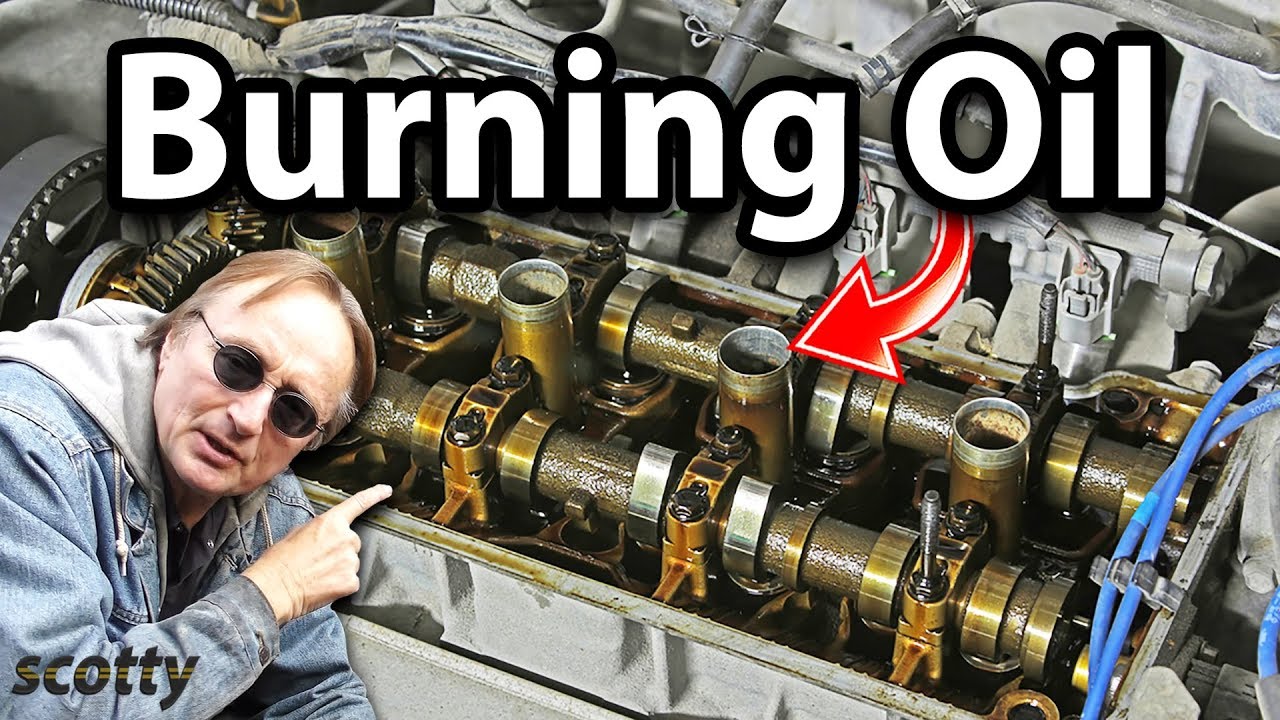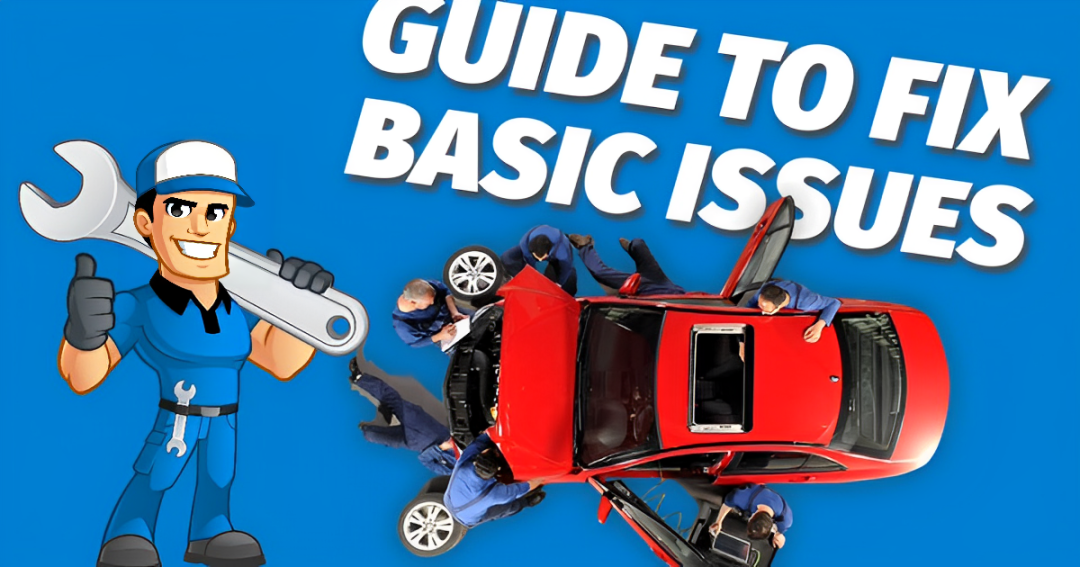Encountering the ‘Oil Pressure Low – Stop Engine’ alert is like facing a ticking time bomb under your hood. This daunting message is your car’s cry for help, signaling a lurking danger that can wreak havoc on your engine. Dive into our comprehensive guide to unravel the mysteries behind this urgent warning, and learn how to safeguard your engine from the brink of disaster.
What Does Oil Pressure Low Stop Engine Mean?
The “Oil Pressure Low – Stop Engine” message is an alert that appears on your car’s dashboard when the engine’s oil pressure switch detects a low oil pressure. There are various reasons why the oil pressure can drop, such as insufficient oil levels, internal engine parts with excessive clearance, or issues with the oil pump.
When this warning light appears, it is essential to take action immediately, as driving a vehicle with low oil pressure can lead to severe engine damage.
Causes of Low Oil Pressure in Engines
Various factors can cause low oil pressure in engines. Some of the most common causes are:
#1 Low Oil Level
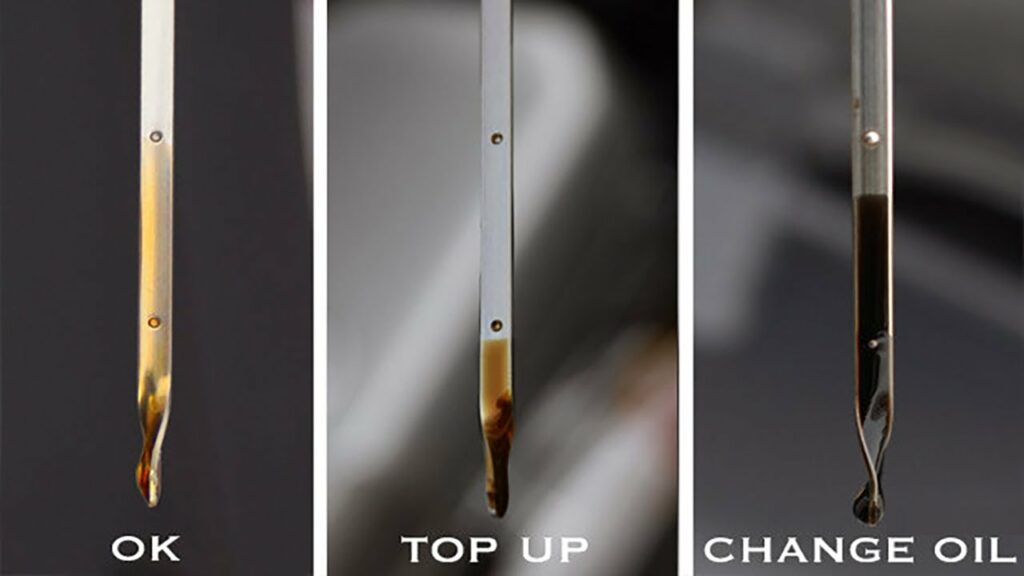
The oil level in an engine plays a critical role in ensuring proper lubrication and engine performance. When the oil level is low, the oil pump has to work harder to circulate oil throughout the engine, resulting in lower oil pressure. Low oil levels can cause engine damage in severe cases due to increased friction and heat.
There are several reasons why the oil level may be low, including leaks, burning oil, or simply neglecting regular oil changes. To determine if a low oil level is the cause of low oil pressure, check the oil level with a dipstick while the engine is off and on level ground. If the oil level is low, add oil until it reaches the recommended level.
Addressing the root cause of low oil levels is essential to prevent recurring issues. If the engine burns oil, it may be due to worn-out piston rings or valve seals. Various issues, including faulty gaskets or worn-out seals, can cause leaks. Regularly scheduled maintenance, such as oil changes and inspections, can help detect and address low oil levels before they lead to engine damage.
#2 Worn Engine Bearings
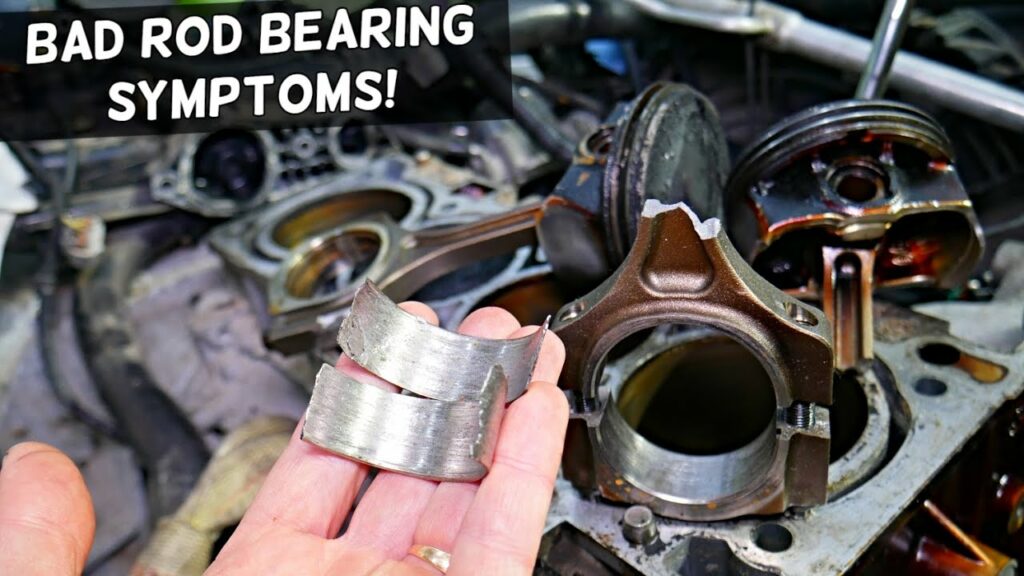
Worn engine bearings lead to low oil pressure as they support the engine’s moving parts. Bearings wear out over time due to constant friction between metal surfaces. As the bearings wear, they create gaps between the moving parts, which can cause oil to leak out, leading to low oil pressure.
The oil pressure in the engine is directly proportional to the clearance between the bearings and the moving parts. When the clearance increases due to wear, the oil pressure decreases. If the engine bearings are severely worn, they may need to be replaced.
Worn bearings can cause other issues like excessive engine noise, increased vibration, and decreased performance. Regular maintenance and timely replacement of worn bearings can help prevent low oil pressure and engine problems. Following the manufacturer’s recommended maintenance schedule and having your engine inspected regularly by a qualified mechanic is essential.
#3 Faulty Oil Pump
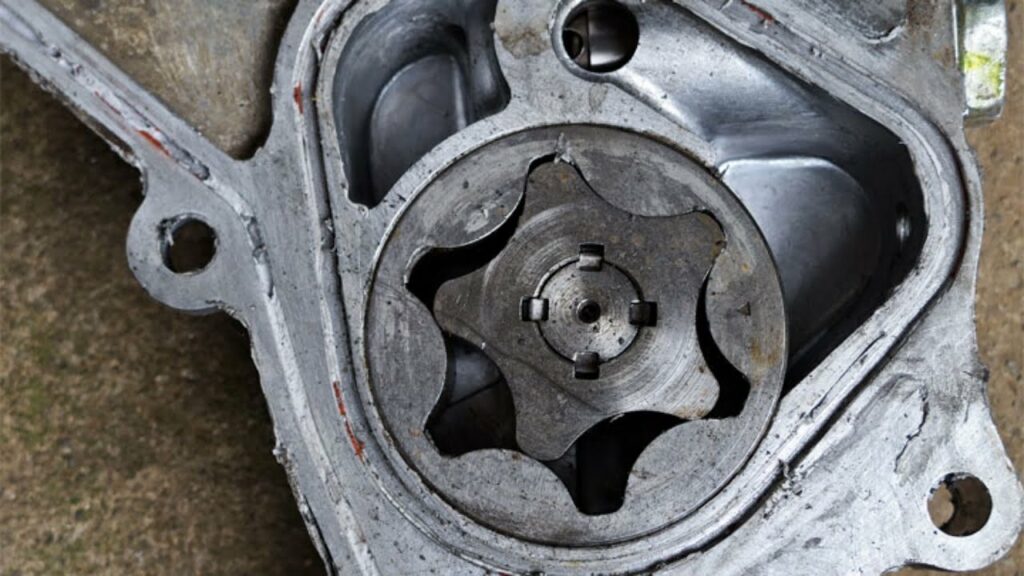
A failing oil pump is a common cause of low oil pressure in engines. When the oil pump is not working correctly, it cannot effectively circulate oil throughout the engine, leading to low oil pressure.
Various issues, including worn gears, damaged seals, or a malfunctioning pressure relief valve, can cause this. It is important to address a faulty oil pump as soon as possible to avoid damage to the engine.
To diagnose a faulty oil pump, a mechanic may perform a pressure test or inspect the pump for signs of wear or damage. The pump must be replaced to restore proper oil pressure if it is defective. It is important to use high-quality replacement parts and perform the replacement by a qualified mechanic to ensure proper function and prevent future issues.
#4 Clogged Oil Filter
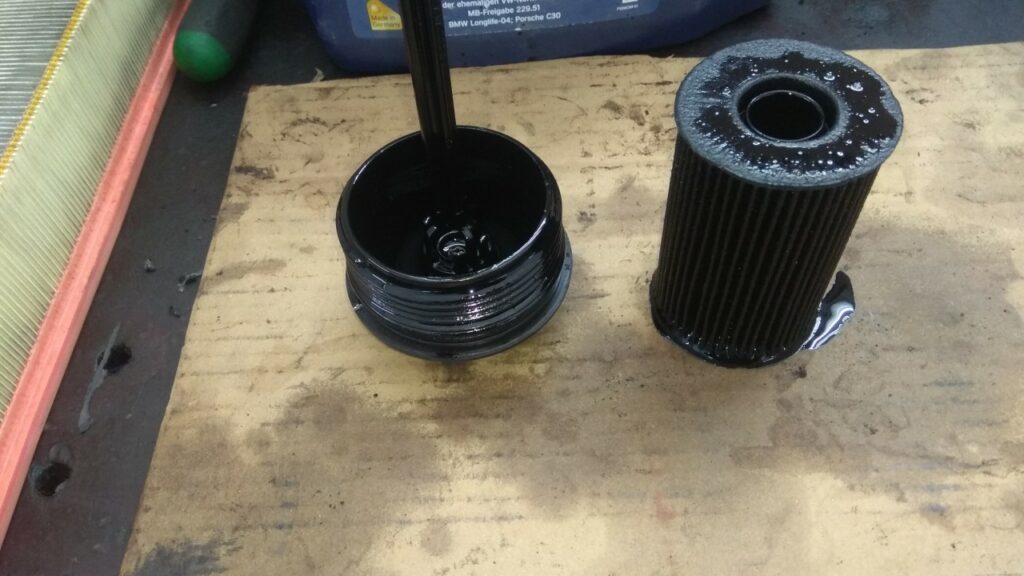
A clogged oil filter can also cause oil to bypass the filter, leading to contaminants and debris circulating through the engine. This can cause wear and tear on internal engine parts and decrease lifespan. Therefore, replacing the oil filter at the recommended interval or sooner if there are signs of clogging is recommended.
Checking the oil filter is a good place to start if low oil pressure is detected. If the filter is clogged, replacing it may solve the problem. It is important to use the correct type of filter for the engine and to ensure it is installed correctly to avoid issues with oil pressure in the future.
#5 Worn Piston Rings
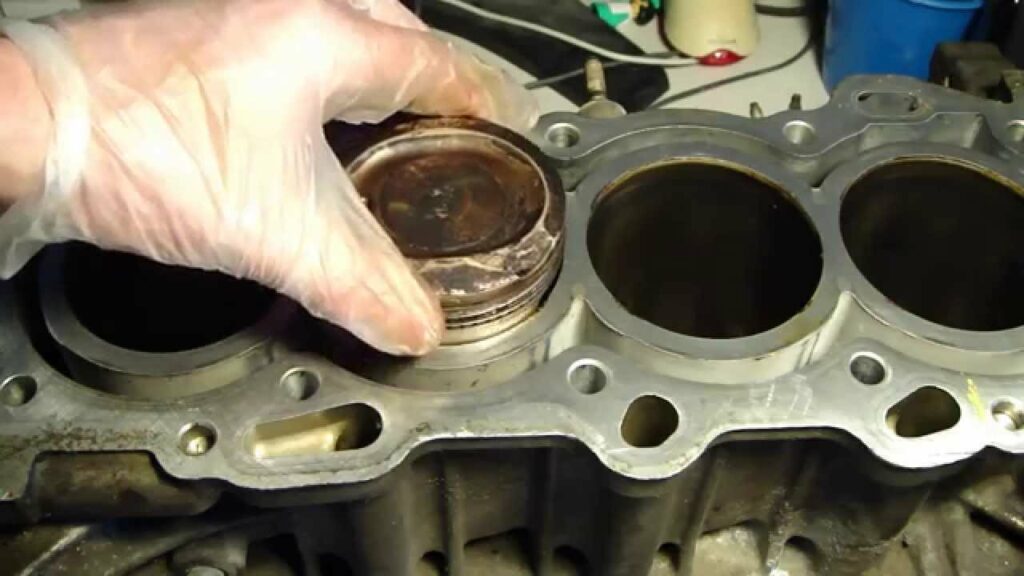
The piston rings are crucial engine components that ensure a tight seal between the piston and the cylinder wall. As the engine operates, the piston rings can wear down due to normal wear and tear. This wear can cause the rings to lose their sealing properties, leaking oil into the combustion chamber and reducing oil pressure.
When the piston rings are worn, they may also allow fuel and air to escape into the engine’s oil, leading to increased engine wear and reduced performance. To prevent these issues, performing regular maintenance on the engine is important, including replacing the piston rings if necessary. In some cases, the engine may need to be rebuilt or replaced if the wear on the rings is severe enough.
#6 Damaged Oil Pressure Sensor
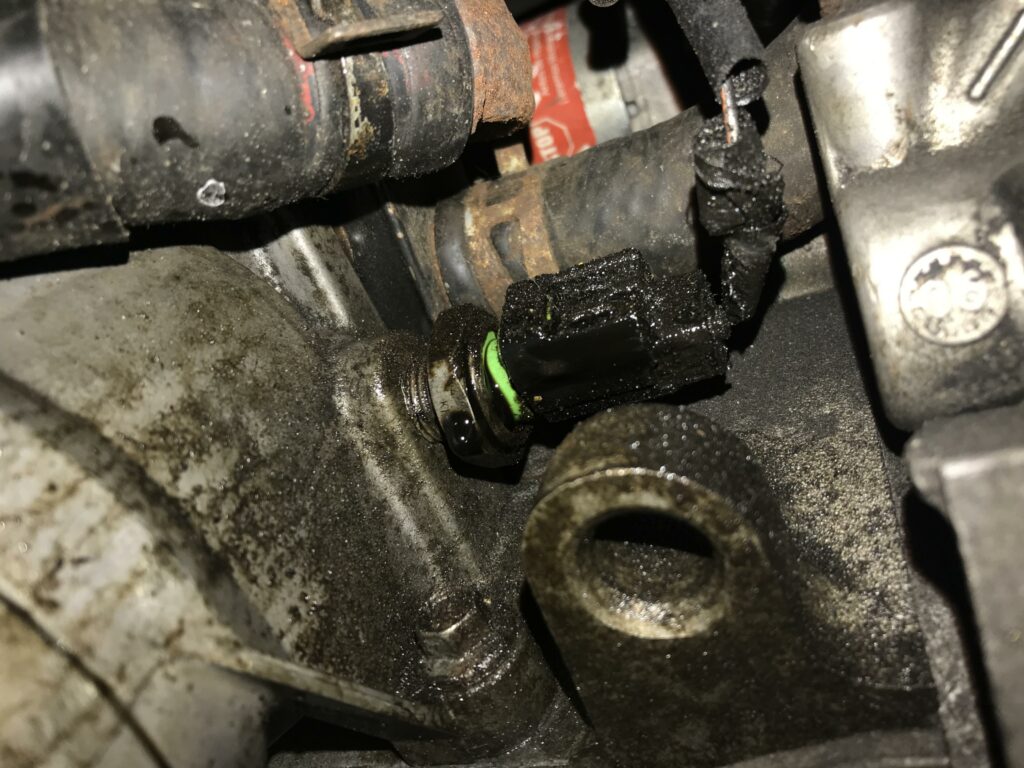
Several factors, including physical damage or electrical issues, can cause a damaged oil pressure sensor. The sensor is typically located on the engine block or near the oil filter, making it susceptible to damage from debris or impacts. Electrical issues can occur if the sensor’s wiring becomes damaged or corroded, preventing it from sending an accurate signal to the ECM.
A mechanic will typically use a diagnostic tool to check the sensor’s signal output to determine if a damaged oil pressure sensor is causing the low oil pressure warning. If the signal is not within the normal range, the sensor may need to be replaced. It is important to promptly address a faulty oil pressure sensor to avoid engine damage or failure.
#7 Contaminated Oil
Contaminated oil is a major cause of low oil pressure in engines. Over time, dirt and debris can accumulate in the engine oil, reducing its ability to lubricate and cool the engine. This can cause excessive wear on the engine components and increase the risk of engine failure.
In addition, contaminated oil can cause blockages in the oil passages, reducing oil flow and pressure. It is important to change the oil regularly and use high-quality oil and filters designed to remove contaminants to prevent this issue.
#8 Worn Oil Pressure Relief Valve
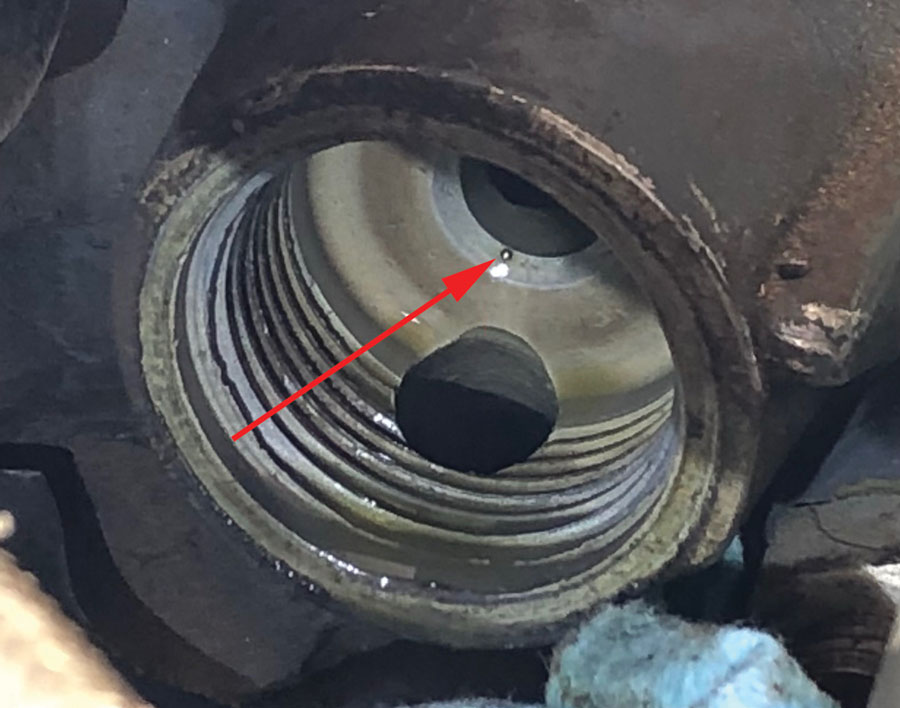
The oil pressure relief valve is an essential component that maintains the oil pressure in the engine. It is designed to release excess oil pressure when the oil pump produces more pressure than the engine needs. Over time, the valve can become worn or damaged due to debris or regular wear and tear. If the valve cannot function correctly, it can lead to low oil pressure, which can cause engine damage.
The symptoms of a worn oil pressure relief valve may include low oil pressure readings on the dashboard, engine noise or knocking sounds, and poor engine performance. If you suspect that the oil pressure relief valve is the cause of the low oil pressure, it is recommended to have it inspected by a qualified mechanic. Sometimes, the valve may need to be replaced to restore proper oil pressure and prevent engine damage.
How To Fix The Oil Pressure Low Stop Engine Problem?
If you are experiencing the oil pressure low–stop engine warning, it is essential to address the issue immediately to avoid causing further damage to your engine. Here are the steps to diagnose and fix the problem:
Step 1: Identify the cause of the issue
The first step in diagnosing the oil pressure low stop engine problem is to identify the cause of the issue. This can be done by checking the oil pressure gauge or the warning light and listening for any unusual noises coming from the engine. Some common causes of low oil pressure include a low oil level, worn engine bearings, a faulty oil pump, a clogged oil filter, and worn piston rings.
Step 2: Check the oil level
Once you have identified the possible cause of the issue, the next step is to check the oil level. This can be done by locating the oil dipstick, pulling it out, wiping it clean, and reinserting it into the engine. Then, pull it out again and check the oil level. If the oil level is low, you must add more oil to the engine.
Step 3: Inspect the oil pump and other components
If the oil level is not the issue, you must inspect the oil pump and other components to identify the problem. This can be done by removing the oil pressure sending unit and connecting a manual oil pressure gauge to the engine. Then, start the engine and check the oil pressure reading on the gauge. If the oil pressure is low, it may indicate a faulty oil pump or other issues.
Step 4: Fix the issue
Once you have identified the cause of the low oil pressure, you will need to fix the issue. This may involve replacing the oil pump, cleaning or replacing the oil filter, repairing or replacing damaged engine components, or adding more oil to the engine. It is important to address the issue promptly to prevent further damage to the engine.
FAQs
What should I do if the low oil pressure warning comes on?
If the low oil pressure warning comes on, you should immediately stop the engine and check the oil level. If the oil level is low, add more oil. If the oil level is fine, have the engine inspected by a mechanic.
Can driving with a low oil pressure warning cause engine damage?
Yes, driving with the low oil pressure warning on can cause engine damage, as the engine is not getting enough lubrication to operate properly.
How often should I check my oil level to prevent low oil pressure?
It is recommended to check your oil level at least once a month or more frequently if you drive frequently or have an older vehicle.
Can changing the oil fix the low oil pressure warning?
Sometimes, a low oil pressure warning can be fixed by simply changing the oil and oil filter. However, additional repairs may be necessary if the problem is caused by a more serious issue, such as a faulty oil pump or worn engine bearings.
Conclusion
In conclusion, the Oil Pressure Low-Stop Engine warning is a critical indicator that the oil pressure in the engine is lower than it should be. Various factors, such as a low oil level, worn engine bearings, a faulty oil pump, or a clogged oil filter, can cause low oil pressure. Diagnosing and addressing the underlying cause promptly is crucial to prevent further engine damage.
It is important to check the oil level and inspect the oil pump and other relevant components to diagnose the issue. If you are unsure about the cause or how to fix the problem, it is recommended to seek the assistance of a qualified mechanic.

